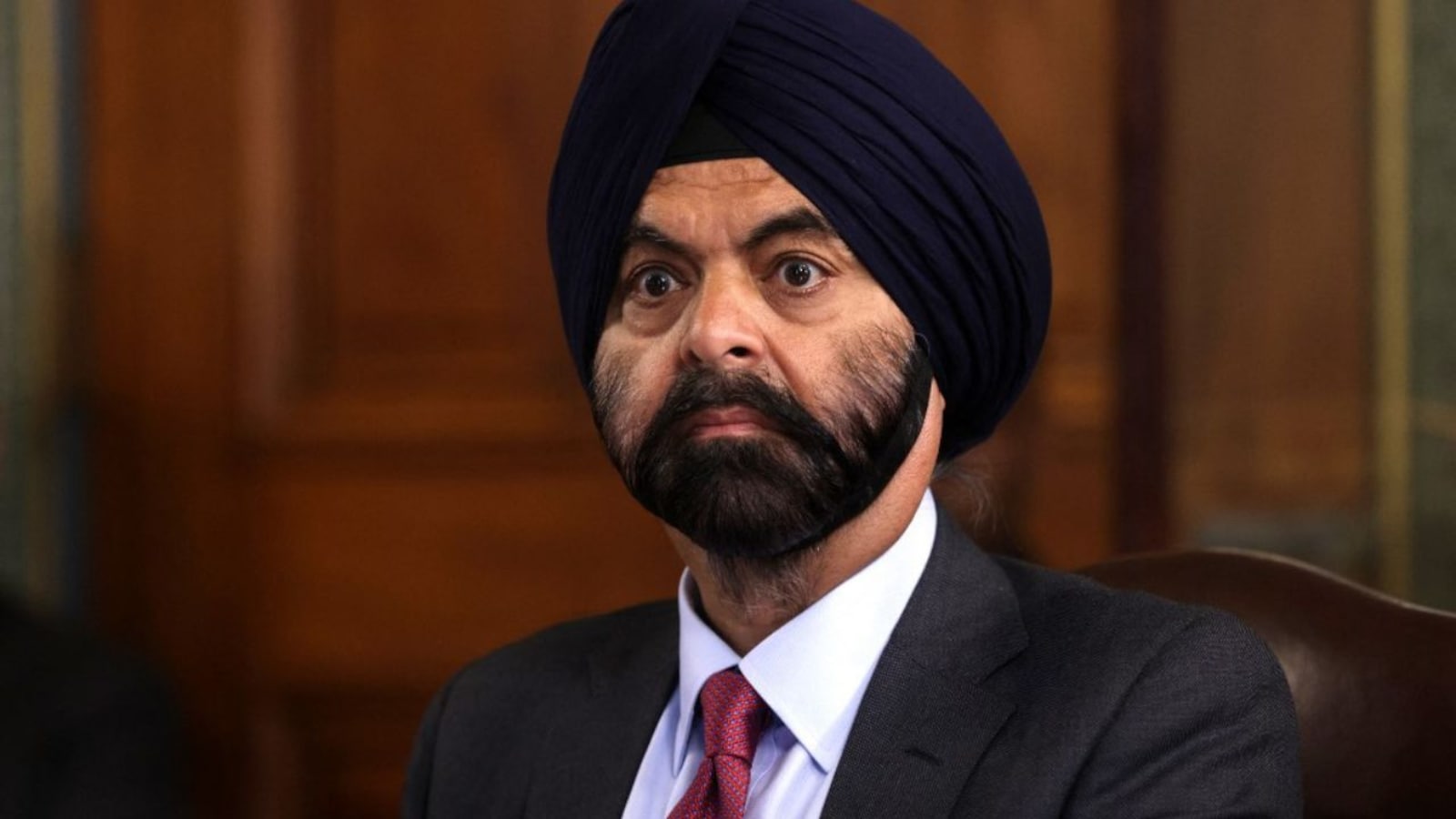Afghanistan’s media outlets are on the brink of a meltdown as they face a shortage of funding following the takeover by the Taliban in August this year.
A survey released by Reporters Without Borders (RSF) and the Afghan Independent Journalists Association (AIJA) indicates that about 43 percent of Afghan media outlets have shut down their operations, leaving almost 60 percent of journalists unemployed.
The survey says the takeover by the Taliban radically changed Afghanistan’s media landscape. Of the 543 media outlets operating in the country at the start of the summer, only 312 were operating at the end of November.
A total of 231 media outlets had to close and more than 6,400 journalists lost their jobs since mid-August, it said.
In Shamshad TV, a local TV channel in Kabul where operations continue as normal, the channel’s news gathering manager, Abid Ehssas, said the media have been badly hit by a loss of advertising revenue, which they used to make from commercials.
He also added that the imposed limitations have forced many organisations to even turn to self-censorship.
Women in the media industry have been especially badly hit, with more than 84 percent of them jobless since the Taliban takeover, compared with 52 percent of men.
However, women have remained on TV.
Afghanistan’s most popular TOLO TV continues to employ female media people who appear on TV.
Working at her desk, Shamshad TV reporter Shukria Niazai said she considered leaving her job, but then decided against it.
The environment for journalists in the capital and the rest of the country has become difficult.
The media must fulfil the “11 Journalism Rules” issued by the Taliban government’s information and culture ministry.
“Journalism Rules” open the way to censorship and persecution, and dispossess journalists of their independence.
The Afghanistan National Journalists Association said the situation is damaging for Afghan media and the lack of access to information has made it even more serious for Afghan journalists.
Journalists have been always on the front line in the past 20 years, being targeted by the Taliban, the ISIL (ISIS) armed group, criminal gangs and, in some cases, the former Western-backed government of President Ashraf Ghani.
In 2018, nine Afghan journalists were killed and six others were wounded in a suicide attack, claimed by ISIL affiliates.
From 10,790 people working in Afghan media (8,290 men and 2,490 women) at the start of August, only 4,360 (3,950 men and 410 women) were still working when the survey was carried out.
Video journalist Mustafa Jafari, 30, who has worked with local TV channels for the last eight years, became unemployed as the TV channel Rah-e-Farda, which he was working for, was closed after the Taliban took over Kabul.
Jafari now has a small pushcart and he sells corn, from which he barely makes 200 Afghanis ($2) per day to feed his wife and two daughters. He said he does not have any hope for a better future.
Afghanistan is wrestling with a nearly total economic collapse, a shutdown in international funding and an alarming rise in hunger.



